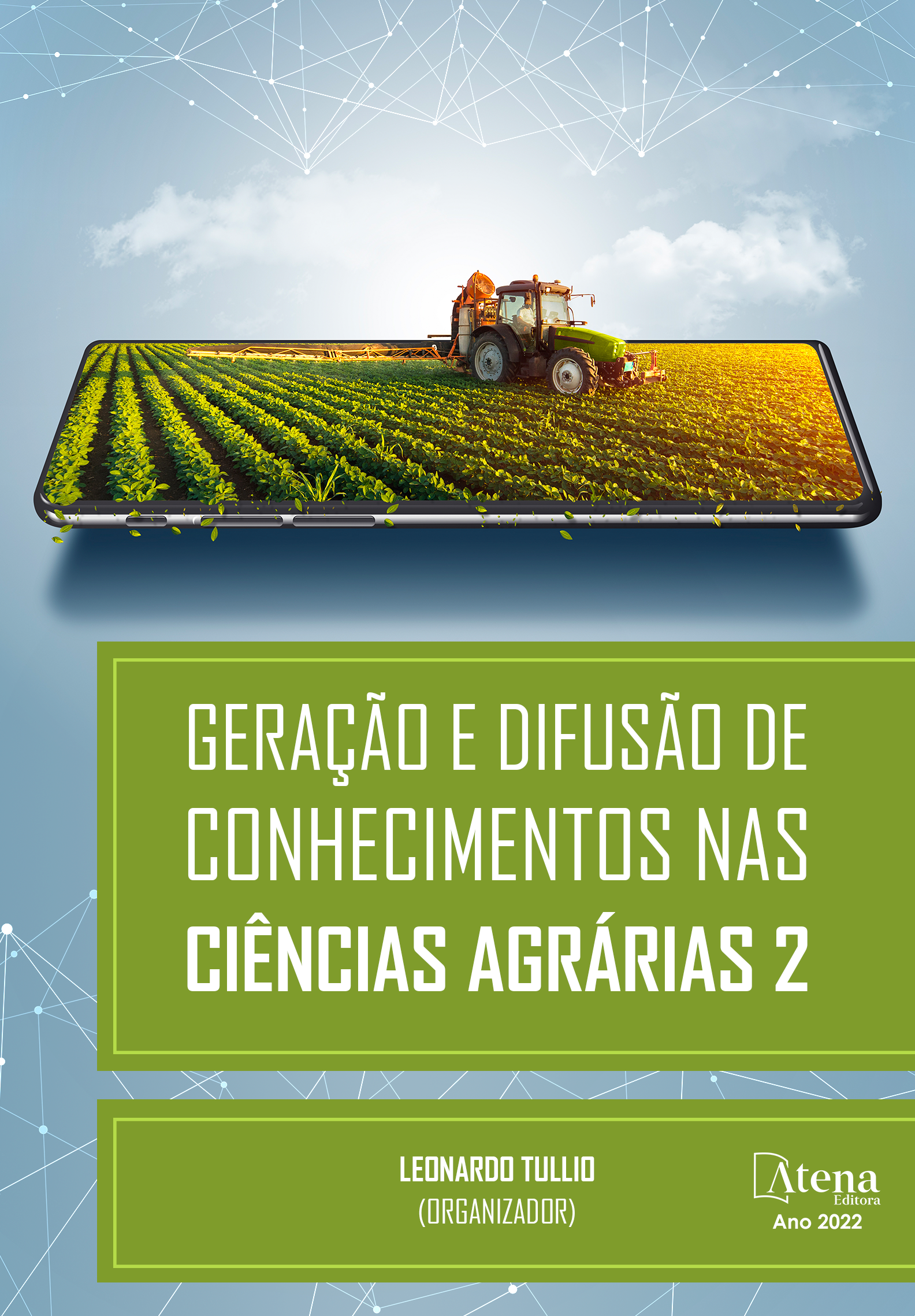
SISTEMATIZACIÓN DE EXPERIENCIAS EN LA SUSTITUCIÓN DE GLIFOSATO EN LA PRODUCCIÓN DE NARANJA ORGÁNICA
En México el herbicida glifosato se usa ampliamente en el sector agrícola, principalmente en maíz con 35%, seguido por los cítricos con 14% (CONACYT, 2020). El 31 de diciembre de 2020, se expidió el decreto presidencial para substituir el uso del glifosato con un periodo de transición a enero, 2024.
La producción orgánica prescinde de plaguicidas, como el glifosato. En el Norte de Veracruz hay 8 organizaciones sociales independientes que han transitado a la citricultura orgánica que suman 310 productores, 1,340ha, y un rendimiento promedio de 9.5t.
En la investigación se sistematizan los métodos que han usado las 8 organizaciones certificadas para el manejo de arvenses, incluyendo el uso de instrumentos tradicionales, maquinaria y prácticas de cultivo. Los métodos más usados son machete, desbrozadora, tractor con rastra, tractor con chapeadora, siembra de leguminosas y manejo agroecológico con combinación de los métodos (p.e. corte alternado de hileras con tractor, asemillado de arvenses de hoja ancha, reservorios de arvenses para control biológico de plagas, etc).
Se contabilizaron los costos por hectárea para cada método de control de arvenses. El uso de glifosato representa un menor costo, lo que explica el gran arraigo de esta práctica en las huertas convencionales; desafortunadamente se ha valorado incorrectamente este ahorro económico, pues no se contabilizan los efectos a la salud humana y la naturaleza
SISTEMATIZACIÓN DE EXPERIENCIAS EN LA SUSTITUCIÓN DE GLIFOSATO EN LA PRODUCCIÓN DE NARANJA ORGÁNICA
-
DOI: 10.22533/at.ed.54422110411
-
Palavras-chave: Agroecología, agricultura orgánica, manejo agroecológico de arvenses.
-
Keywords: Agroecology, organic agriculture, agroecological management of arable crops.
-
Abstract:
In Mexico, the herbicide glyphosate is widely used in the agricultural sector, mainly in maize with 35%, followed by citrus with 14% (CONACYT, 2020). On December 31, 2020, the presidential decree was issued to replace the use of glyphosate with a transition period to energy, 2024.
Organic production does not need pesticides, such as glyphosate. In the North of Veracruz, there are 8 independent social organizations that have moved to the organic citrus industry that have 310 producers, 1,340ha, and an average yield of 9.5t.
In the investigation, the methods used by the 8 certified organizations for the management of arable crops are systematized, including the use of traditional tools, machinery and cultivation practices. The most used methods are machete, shredder, tractor with rastra, tractor with plate machine, combination of legumes and agroecological management with a combination of methods (eg alternate cutting of hileras with tractor, assemblage of arable crops from today, arable reserves for biological control of plagues, etc.).
Costs per hectare were accounted for for each arable control method. The use of glyphosate represents a lower cost, which explains the great roots of this practice in conventional gardens; Unfortunately, this economic relief has been incorrectly valued, because the effects on human health and nature were not accounted for
-
Número de páginas: 14
- Laura Gómez-Tovar
- Manuel Ángel Gómez-Cruz
- Alex hdezcar


